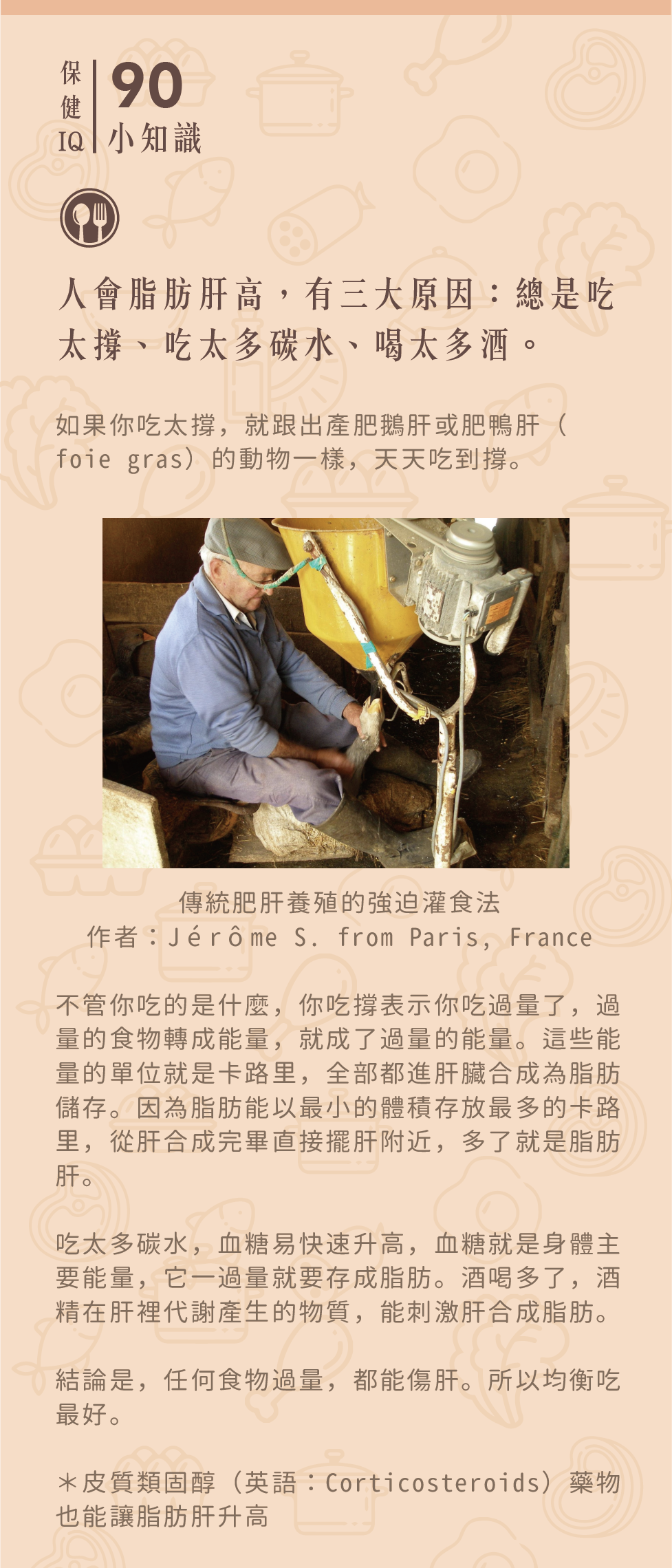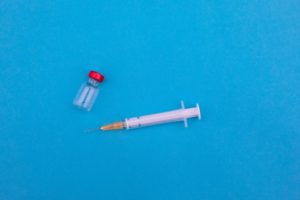
1) Bhatt, H. B., & Smith, R. J. (2015). Fatty liver disease in diabetes mellitus. Hepatobiliary surgery and nutrition, 4(2), 101–108.
2) Wehmeyer, M. H., Zyriax, B. C., Jagemann, B., Roth, E., Windler, E., Schulze Zur Wiesch, J., … Kluwe, J. (2016). Nonalcoholic fatty liver disease is associated with excessive calorie intake rather than a distinctive dietary pattern. Medicine, 95(23), e3887.
3) Lieber, CS.(2004, Aug). Alcoholic fatty liver: its pathogenesis and mechanism of progression to inflammation and fibrosis. Alcohol, 34(1):9-19.
4) Marino, JS., Stechschulte, LA., Stec DE., Nestor-Kalinoski, A., Coleman, S., Hinds, TD Jr.(2016, Dec). Glucocorticoid receptor β induces heptic steatosis by augmenting inflammation and inhibition of the peroxisome proliferator-activated receptor (PPAR)α. J Biol Chem, 291(50):25776-25788.
5) Harvey, I., Stephenson, E. J., Redd, J. R., Tran, Q. T., Hochberg, I., Qi, N., & Bridges, D. (2018). Glucocorticoid-Induced Metabolic Disturbances Are Exacerbated in Obese Male Mice. Endocrinology, 159(6), 2275–2287.
6) LiverTox: Clinical and Research Information on Drug-Induced Liver Injury [Internet]. Bethesda (MD): National Institute of Diabetes and Digestive and Kidney Diseases; 2012-. Corticosteroids. [Updated 2014 May 30].





